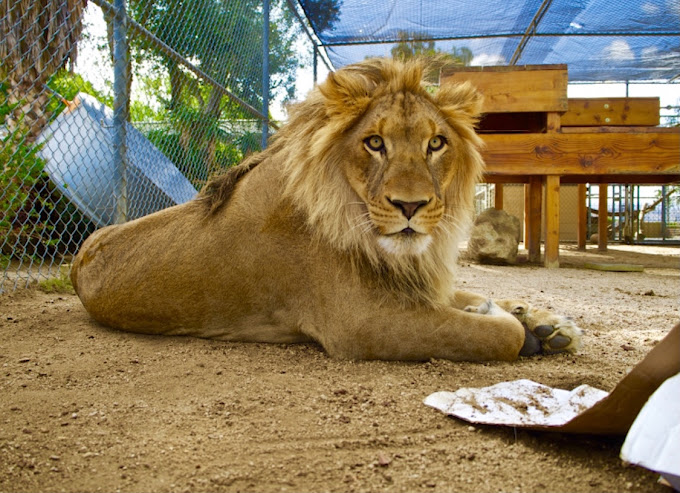
Immerse yourself in the captivating world of animal behavior and conservation at Moorpark College’s Teaching Zoo in California.
This unique institution offers an unrivaled, hands-on educational experience, introducing students to over 200 species of animals within its expansive grounds.
From the rustle of feathers to the soft padding of paws, every sensory encounter fosters a deep understanding of wildlife and the intricate ecosystems they inhabit.
This journey is not just about observing animals, but also about nurturing a sense of belonging and responsibility towards our planet’s biodiversity.
Join us, and embark on this wild learning adventure.
Moorpark College’s Teaching Zoo: Overview
The Moorpark College Teaching Zoo, a unique two-year training program, provides an unparalleled hands-on experience in the field of exotic animal training and management. Home to over 200 animals and 100 species, the facility offers students an immersive learning environment where they practice real-world skills. Students are involved in every aspect of zoo operations, from behavioral training to diet preparation, ensuring a comprehensive education.
The program’s esteemed reputation draws aspiring animal handlers and enthusiasts globally, creating a diverse, tight-knit community. Further, the zoo is a beloved fixture in the Moorpark community, inviting public engagement through interactive tours and educational events.
The combination of rigorous training and communal spirit truly makes Moorpark College’s Teaching Zoo a distinctive entity in the realm of animal science education.
The Interactive Classroom Experience
In our exploration of Moorpark College’s Teaching Zoo, one cannot overlook the dynamic, interactive classroom experience that sets this program apart. Students are immersed in an environment where learning is hands-on and practical.
The classroom walls are the zoo’s boundaries, and the lectern is a diverse range of habitats. The students, not just passive observers, play active roles in animal care, health, and conservation. This direct involvement with the zoo’s residents, from reptiles to birds, mammals, and more, fosters an intimate understanding of each species.
Moreover, the collaborative nature of the program creates a sense of community among learners. Here, education is not just about acquiring knowledge; it is about experiencing, sharing, growing, and belonging.